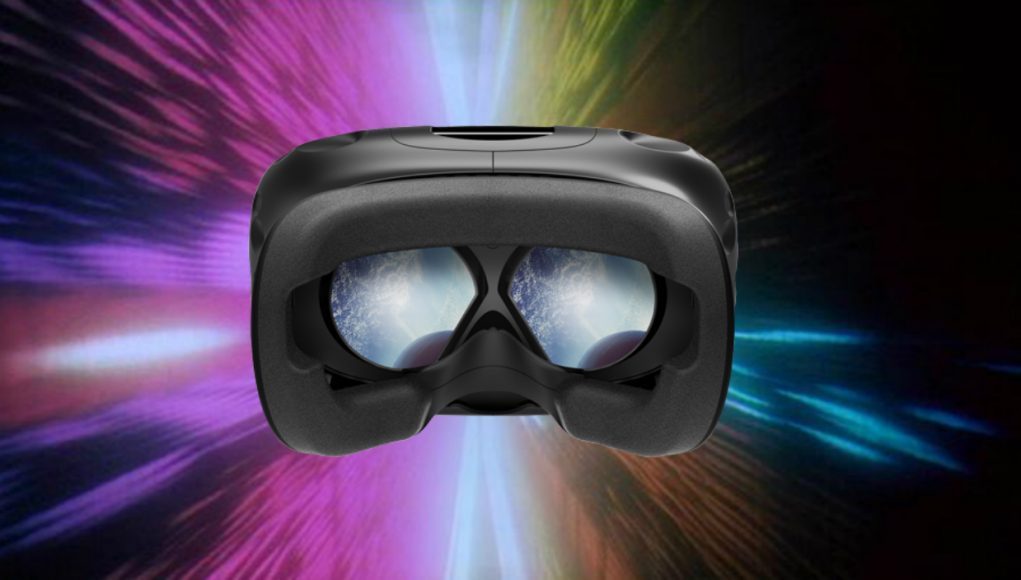Oculus and HTC have already reduced the prices of their respective headsets, with the Oculus Rift now selling for $500 and HTC Vive for $600. While graphically-capable PCs are cheaper than ever thanks to new GPUs and software optimizations, you still need to pony up the cash for a min-spec system ($699 for an OEM-built machine). HTC hopes to address this in China with a new partnership between Dalian Television and Beijing Cyber Cloud to offer a set-top, cloud-based box—meaning you don’t need a traditional VR-ready rig to run VR games.
According to a report by Engadget, HTC will be trialing the new project in Dalian, China where it will offer access to games hosted on a digital marketplace separate from Viveport. While it only hosts “a few dozen” games, apps and a library of 360 videos at the moment, HTC says more content will be added over time, of course sourced from Viveport.
The service, which also includes is a 60 Mbps broadband connection, is positioning itself as a consumer streaming solution not unlike Spotify. Unlike Spotify however, HTC is also renting out the Vive alongside the set-top box, making for an all-in-one deal that gives newcomers everything they need to start experiencing virtual reality.

The set-top box and Vive bundle is reported to cost a one-time, refundable deposit of ¥3,000 yuan (~$455) including a monthly fee of around ¥500 yuan (~$76). Because the deposit is refundable in full, this essentially lets Dalian-based residents test out the headset at home before putting down the big bucks. The company also offers the choice to outright purchase a Vive with a one-year subscription to the service for ¥6,688 yuan (~$1,015). Considering the Vive’s unusually-high price in China, costing around $200 more than most other regional markets, the savings are apparent for customers still unsure about VR.
HTC Vive China Regional President Alvin Wang Graylin admits however some latency is to be expected, saying it would be “ok for most non-twitch apps.” There’s no word if the service can provide what’s largely considered the minimum acceptable latency at 20ms motion-to-photon.
Yes, some minimal added latency, but ok for most non-twitch apps.
— Alvin Wang Graylin (@AGraylin) September 15, 2017
This comes as a part of a larger trend by HTC to make Vive usership less financially daunting. The company already offers a game subscription service via Viveport that includes a collection of hundreds of games at $7 per month, and also maintains a similar subscription program (including headset) for location-based entertainment facilities like arcades or theme parks. Called Vive Arcace, this was also a ‘China-first’ program that latter went global.
One thing is for certain though: the success of a streaming service like this highly depends on a fast, near latency-free connection—something countries (including the US) have to address before taking the digital plunge.







